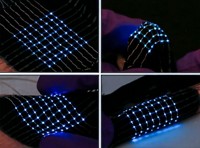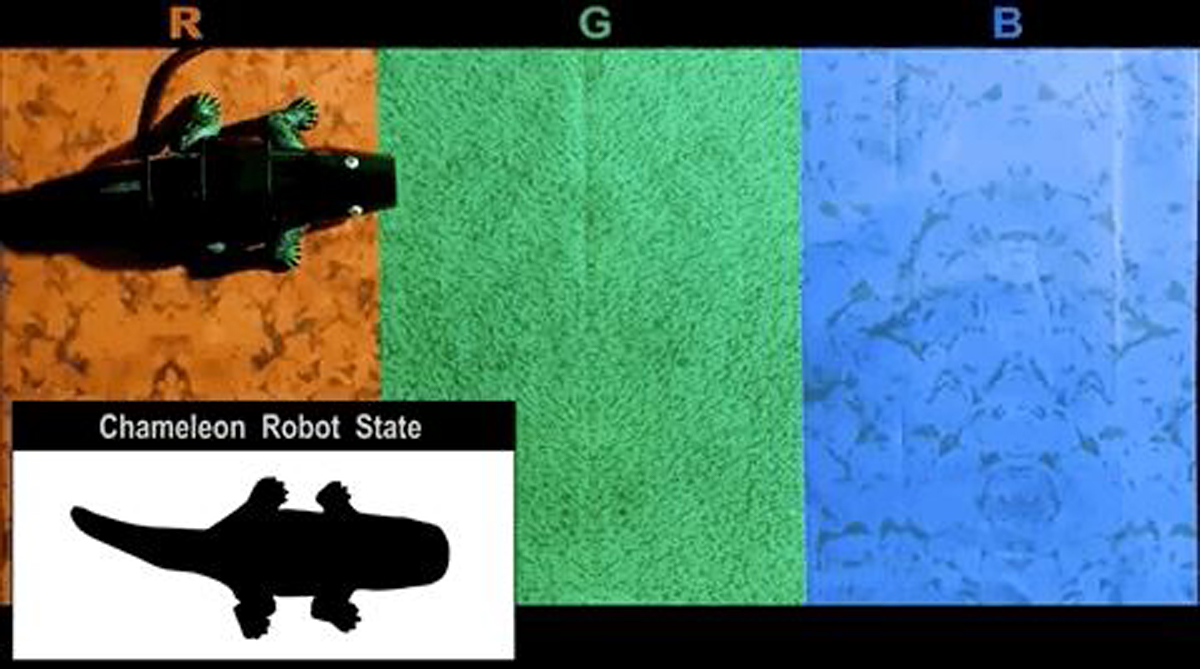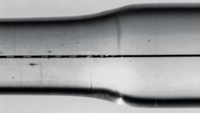Advertisement
Grab your lab coat. Let's get started
Welcome!
Welcome!
Create an account below to get 6 C&EN articles per month, receive newsletters and more - all free.
It seems this is your first time logging in online. Please enter the following information to continue.
As an ACS member you automatically get access to this site. All we need is few more details to create your reading experience.
Not you? Sign in with a different account.
Not you? Sign in with a different account.
ERROR 1
ERROR 1
ERROR 2
ERROR 2
ERROR 2
ERROR 2
ERROR 2
Password and Confirm password must match.
If you have an ACS member number, please enter it here so we can link this account to your membership. (optional)
ERROR 2
ACS values your privacy. By submitting your information, you are gaining access to C&EN and subscribing to our weekly newsletter. We use the information you provide to make your reading experience better, and we will never sell your data to third party members.
Materials
Gold coating helps illuminate hosiery
Electrodes made from pantyhose are the basis of light-emitting fabrics that can stretch and change display patterns
by Bethany Halford
March 7, 2020
| A version of this story appeared in
Volume 98, Issue 9

Pantyhose might soon be on the cutting edge of fashion, thanks to new light-emitting textiles created from the much-maligned staple of women’s wear. Light-up fabrics typically incorporate hard components, like wires, diodes, and optical fibers. But these parts make the materials rigid and difficult to clean. Tricia Breen Carmichael and her team at the University of Windsor discovered they could make electrodes for light-emitting materials by coating sheer hose with gold (Matter 2020, DOI: 10.1016/j.matt.2020.01.017). They used a solution-based process to create a golden coating for nylon or spandex that’s just 100 nm thick. The electrodes retain the intrinsic semitransparency and stretch of the underlying textile. To make the light-emitting textile, they sandwich an emissive layer—a film of ZnS:Cu-Ecoflex composite—between two of their gold-coated electrodes. What’s more, the researchers can pattern the textiles to produce logos or other shapes and can also create dynamic displays that can, for example, show the numbers zero to nine. The fabrics maintain the ability to illuminate after 10 cycles of mild washing and oven drying. In addition to providing light-up looks for the runway, garments incorporating these light-emitting fabrics could be used by first responders, nighttime construction workers, and bikers and runners who train after dark.





Join the conversation
Contact the reporter
Submit a Letter to the Editor for publication
Engage with us on Twitter